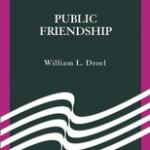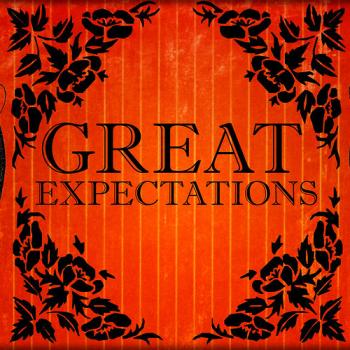Instead, the potentially sacred expressions of sexuality find cultural authority in a diverse range of voices and texts, with communities of people engaging in intimate relations and erotic practices outside America's purported sexual ideals tied to heterosexuality, monogamy, and reproduction. From the homogeneities in the Bible Belt to the radical pluralism of cosmopolitan centers like New York, Los Angeles, or Atlanta, sex is celebrated in ways many would find offensive to God. But for participants in sex acts that are more sacrament than sacrilege, penetrating the spiritual depths of a Godless universe can be meaningful and fulfilling, with moral purpose and cosmic insights more profound than any they experience by reading the Hebrew Bible or New Testament. Sexuality unhinged and detached from the Lord is just as sacred, just as transformative, just as redemptive to many as the romantic love experienced by a husband and wife successfully conceiving a new life form under the watchful eyes of God.
Same-sex sex: the last taboo
When does sexual desire cross the line from healthy to unhealthy, and turn from pleasurable ritual to pathological addiction? How can the erotic imagination awaken spiritual pursuits that take an individual beyond the sensual pleasures of his or her body? Does sacred sex promote values in harmony with America's highest principles of individual freedoms and the pursuit of happiness? After the 1960s, and to the present, public debate and awareness about the answers no longer depend solely on narrow, usually contradictory, Christian principles and doctrines. These days, answers come from Americans who publicly challenge limits on their pursuit of sexual pleasures and privately find sacred meanings in innovative foreplay, unrestrained intercourse, and indescribable orgasms sanctioned not by monotheistic sacred texts, but other fonts of religious authority and spiritual wisdom.
Sexuality can be sacred in ways never imagined; or at least never publicly acknowledged before critical events in the 1960s, an era of sexual revolution that still reverberates in today's strangely pornified yet puritanical culture. Griswold v. Connecticut, the Supreme Court decision overturning a state law prohibiting the sale of contraceptives and identifying a right to privacy in the early years, was pivotal, as were bra burnings and other radical stirrings of women's liberation and empowerment.
Of course, Woodstock and the Summer of Love, with music as an essential ingredient in new erotic experiences, propelled sexual insurrection into the deepest reaches of popular and political cultures. The Stonewall uprising in New York City near the end of the decade placed gay and lesbian culture squarely in the public eye for good, even if the significant gay rights movement already in existence has now been largely forgotten -- most notably The Mattachine Society.
The list of pivotal moments in the history of sexuality is quite extensive, but the bottom line remains the same after the heady decade: sex, sex, sex -- it sells products and greases the wheels of capitalism, with sexual eroticism having become a blatant tool of advertising and consumer culture. It captures, if not rivets, the imagination of both men and women, and increasingly pervades all forms of popular culture and media communications. In recent years it has become dechristianized in American society, no longer restrained by biblical injunctions or, to use the lingo of the time, "hang-ups"; but instead a religious discipline in its own right, with potential for spiritual satisfactions and awakening unmatched by any institutional liturgy with wafers or wine, scriptures or sermons.
Sexual diversity in many forms is now accepted or at least tolerated in American society -- except same-sex sex, that is. Many Americans who are white or black, Christian or Jew, Muslim or Native American, fundamentalist or atheist, and on across racial, ethnic, and religious communities can grant social legitimacy to women giving blow jobs and couples wife-swapping, group sex and one-on-one action, but men engaged in anal sex or women penetrating each other with dildos or their own tongues is a cause for outrage and moral panic. While the sexual revolution(s) no doubt led to greater sexual permissiveness in American cultures, the sacred line that still holds for so many between acceptable and unacceptable, normal and abnormal, tolerable and transgressive, is the line separating heterosexuality from homosexuality -- even if Ellen DeGeneres recently scripted a lesbian kiss for a temporarily adoring television audience.
For those opposed to gay and lesbian sexual freedoms and rights, sex between members of the same sex can never be anything other than perverted and Godless; an act so vile for many so-called modern Americans the only place to turn is the Bible and the language of sin. The other source for cultural authority on sexual matters in the 20th century, science, no longer condemns homosexuality as pathological, since the American Psychological Association officially removed it from the DSM in 1973 (it made a controversial, if brief, reappearance a few years later but that's another story).




